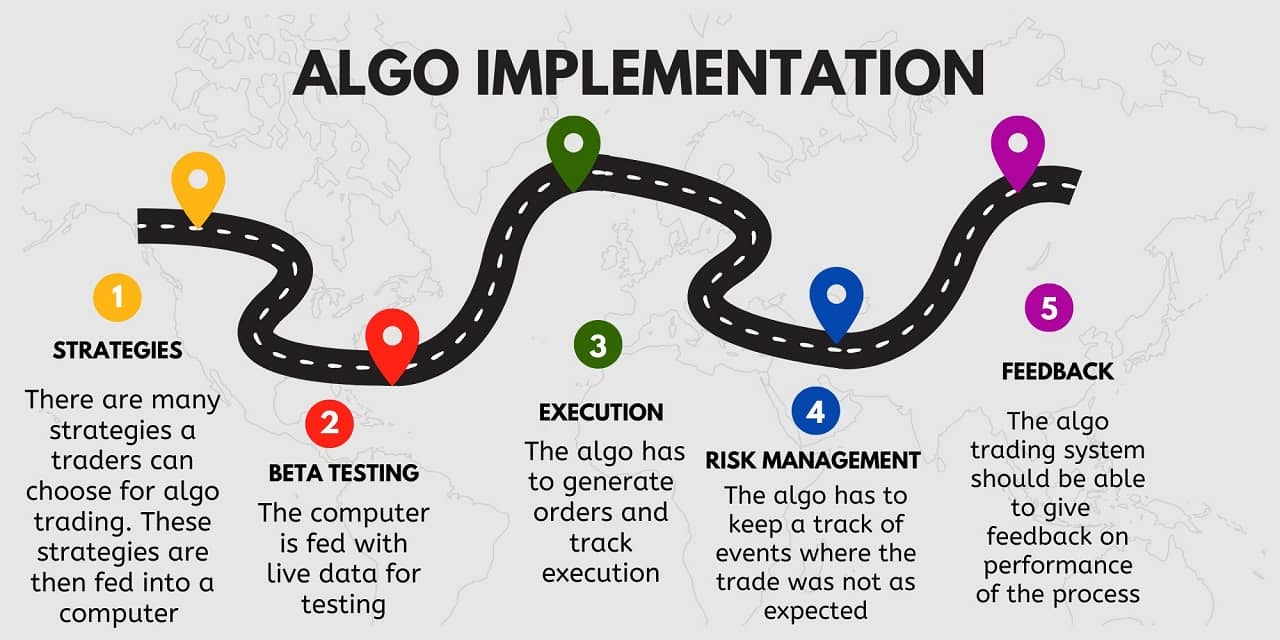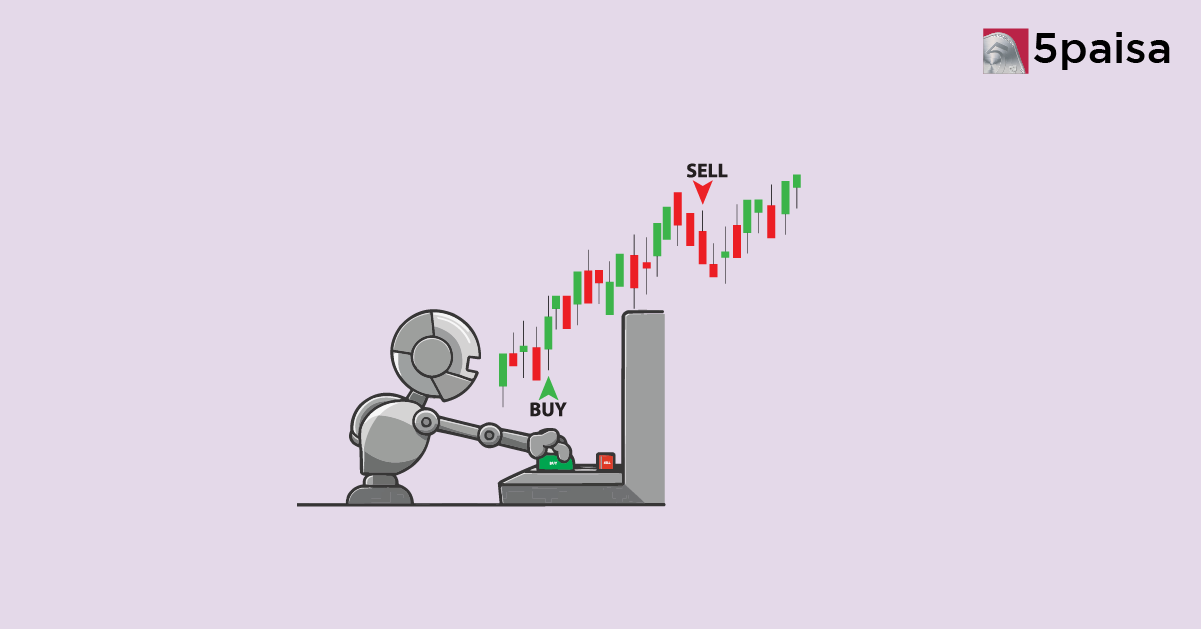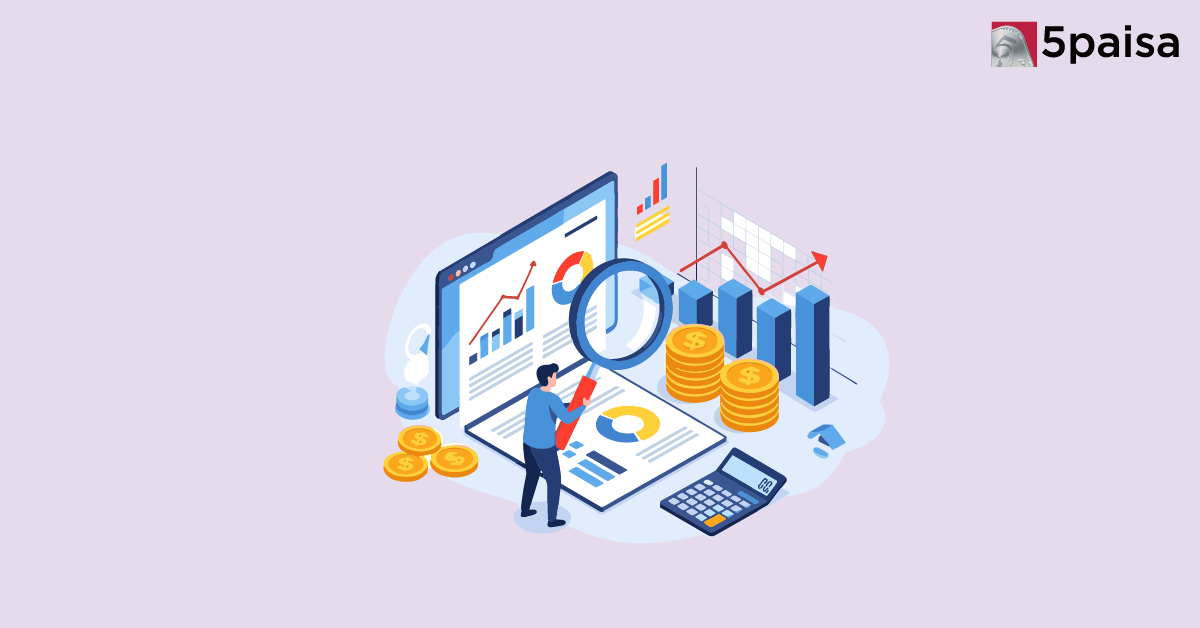Technology has changed the way financial markets work, and algorithmic trading sits at the heart of this shift. Traders no longer rely only on instincts or long hours of screen-watching. Instead, they let algorithms analyse data, spot opportunities, and place trades in fractions of a second. This style of trading is gaining traction in India as more people gain access to low-cost APIs and coding tools like Python.
What Is Algorithmic Trading?
Algorithmic trading, or algo trading, uses computer programmes to execute trades automatically. These programmes run on rules built with mathematics, statistics, and market logic. Once the code is live, the system places trades in milliseconds.
By removing emotion from the process, algorithms make trading more disciplined. They apply the same logic across different markets, cut down monitoring time, and allow trades to be tested on past data before real money is used. For Indian traders, this means access to strategies once reserved only for large institutions.
Why Algorithms Matter
- They act faster than humans.
- They test strategies with historical data.
- They work across multiple markets at once.
- They reduce mistakes caused by emotions.
- They bring structure and consistency to trading.
Popular Algorithmic Trading Strategies
Mean Reversion
This approach assumes prices eventually return to their average. Algorithms track assets that move far away from their mean and take trades expecting a correction. Tools like moving averages, Bollinger Bands, and RSI help identify such points.
Example: A stock trading well above its 20-day average might trigger a short trade, with the algorithm expecting it to fall back.
Strength: Effective in sideways markets.
Risk: Performs poorly during strong trends.
Arbitrage
Arbitrage takes advantage of small price differences across markets. Algorithms scan multiple exchanges and act instantly when they spot gaps.
Example: If Reliance trades at ₹2,400 on NSE and ₹2,410 on BSE, the system buys at NSE and sells at BSE, locking in the difference.
Strength: Low-risk when executed quickly.
Risk: Thin margins, higher costs, and intense competition.
Index Fund Rebalancing
Index funds adjust their holdings when benchmarks like the Nifty 50 change composition. Algorithms anticipate these moves and buy or sell early.
Example: A stock set to enter the Nifty 50 may see buying pressure. The algorithm picks it up in advance to benefit from the rise.
Strength: Based on predictable events.
Risk: Crowded trade, with timing as the key challenge.
Trend Following
This strategy rides ongoing market momentum. Algorithms track moving averages, breakouts, or indicators like MACD and ADX. When a trend shows strength, they enter trades in the same direction and hold until signs of weakness appear.
Example: A stock breaking resistance with heavy volume and a rising 50-day moving average may trigger a long trade.
Strength: Captures big moves.
Risk: Struggles in choppy or sideways markets.
Market Timing
Here, algorithms use economic indicators, volatility, or sentiment data to decide entry and exit points. Instead of constant trading, they wait for favourable conditions.
Example: If data signals a slowdown and technical charts confirm weakness, the system reduces equity positions and shifts to safer assets.
Strength: Helps manage downside risks.
Risk: Models often fail in sudden or rare events.
VWAP and TWAP Execution
Large trades can move prices. To avoid this, institutions use VWAP (Volume-Weighted Average Price) or TWAP (Time-Weighted Average Price).
VWAP: Breaks trades to match average volume during the day.
TWAP: Splits trades evenly over time.
Both strategies reduce slippage and hide large orders from the market.
Machine Learning Models
Some advanced strategies rely on machine learning and complex maths. These models scan huge datasets — from price charts to social media — and predict outcomes.
Example: A neural network trained on stock history may predict whether a stock is likely to close higher tomorrow. If the probability crosses a set level, the algorithm places a buy order.
Strength: Handles complex data and patterns.
Risk: Expensive, difficult to debug, and prone to overfitting.
What Makes a Strategy Work?
A successful algorithm isn’t just about coding buy and sell signals. It needs risk control, cost awareness, and constant adaptation.
- Risk Management: Set stop-losses and take-profit targets. Diversify across assets and strategies.
- Backtesting: Run strategies on past data across different phases — bull, bear, and volatile markets.
- Cost Awareness: Factor in brokerage, taxes, and slippage. Even a solid model can fail if costs eat into profits.
- Monitoring: Markets evolve. Algorithms must adjust to new rules, volatility, or economic changes.
Benefits and Risks of Algo Trading
Benefits
- Fast and consistent execution.
- Discipline without emotions.
- Access to multiple markets at once.
- Ability to test strategies before going live.
Risks
- Technical glitches or system failures.
- Strategies that look good on paper may fail in live markets.
- High costs for advanced setups.
- Exposure to hacking or unexpected shocks.
Conclusion
Algorithmic trading strategies are changing how Indians participate in markets. From simple mean reversion systems to advanced machine learning models, these strategies offer opportunities to trade smarter. They bring speed, discipline, and structure, but they also demand caution.
If you plan to explore algo trading, start small, test carefully, and keep an eye on risks. With the right balance of technology and discipline, algorithms can help you take advantage of opportunities that human speed alone cannot capture.


 5paisa Capital Ltd
5paisa Capital Ltd



